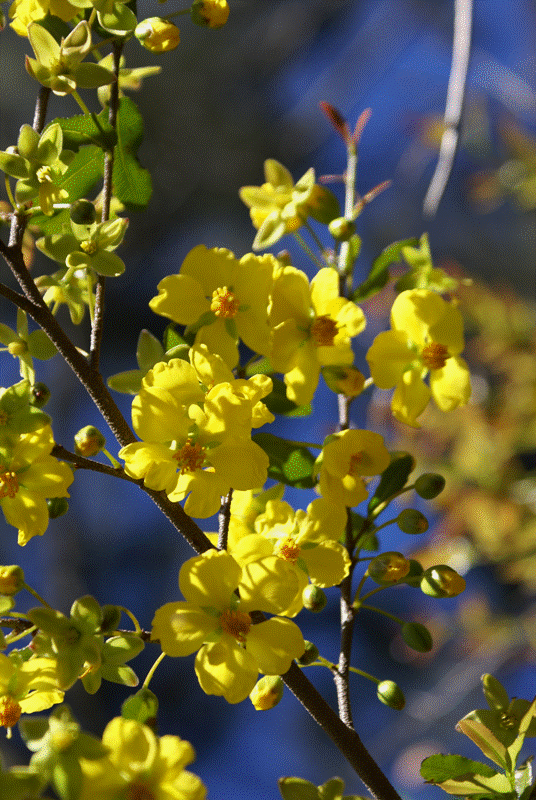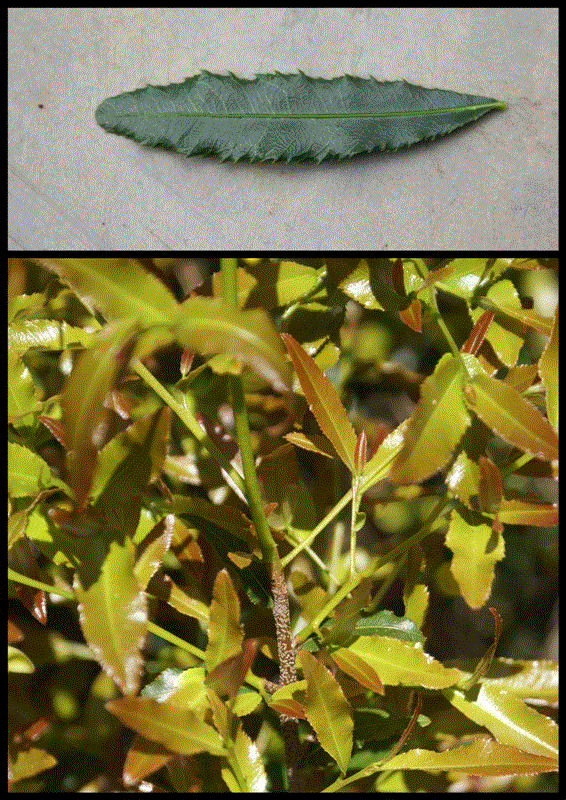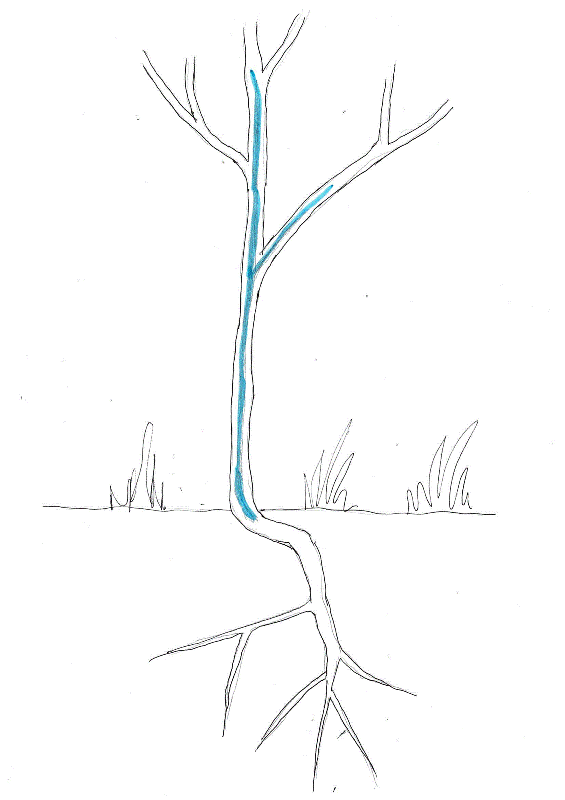Ochna - Mickey Mouse Plant

Ochna comes into flower in spring. A native of South Africa, Ochna is very tough and adaptable to dry conditions. It has been a popular garden plant due to its attractive yellow flowers, red fruiting bodies and hardy nature.
Once established, Ochna plants are extremely difficult to kill, and produce copious numbers of shiny black berries which are spread prolifically by birds, foxes and other pests and wildlife.
Once Ochnas finish flowering, the yellow petals fall off, revealing the calyx and berries. The calyx turns bright red, and the berries ripen from light green to glossy black. The appearance of the black berries on red calyx inspired the alternative name "Mickey Mouse Plant".
The image (below right) shows the serrated margins of the leaves, which no doubt inspired Ochna serrulata's botanical name. The lower image also shows the rust-coloured new leaf growth that Ochna gets in spring, and the rough, woody mature stems.


Watch this informative video about Ochna, produced by the Pittwater Ecowarriors and South West Rocks Dunecare. It highlights the problem with Ochna, and provides some tried-and-true control techniques:
Ochna serrulata was the third most commonly found weed on private properties during the noxious and environmental weed inspections in Forster in 2013.


This prevalence on private property, their tendency to spread into bushland due to bird-attracting berries, and the difficulty involved in controlling them, has resulted in Ochna being declared one of Forster's "Big Bad Three" weeds.
How to control Ochna
It is best to hand-pull seedlings, though this is notoriously hard to do from a surprisingly small size. Ochna plants grow with a tough, kinked root that snaps off, leaving the taproot in the ground to re-grow.
When Ochnas are too difficult to pull out, the most effective way to control them is to "scrape and paint" the stem with herbicide.
First, collect any berries from the plant and dispose of them in the red bin.
Then, using a sharp knife, scrape the top layer of the bark away, exposing the green stem below. This should be done along the stem, as far down the root and up the main stem as possible, as shown in the illustration.
Herbicide should then be applied to the exposed vascular tissue as quickly as possible, to ensure absorption.

Plant me instead
Click on the images below for some options for bushland friendly alternatives to replace ochna in your garden. All are attractive native plants, beneficial to wildlife and the local environment.


